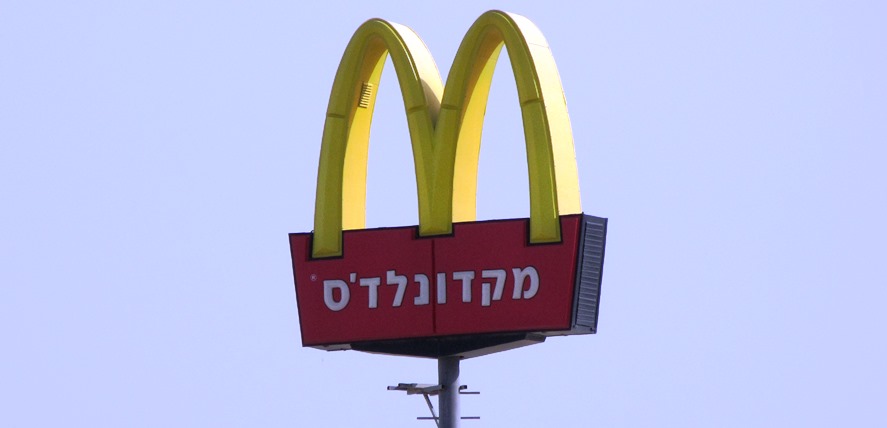In these days, when dozens of indigenous language revitalization programs are being launched around the world, the remarkable–near miraculous–resurrection of rebirth of Hebrew as a spoken language should be quite inspiring to these newcomers.
Although Hebrew was painstakingly maintained as the ritual and liturgical language of Jews throughout their millennia in the Diaspora, and almost exclusively used as the language of Torah-related published works, in every country and region of their residence Jews spoke the local language or a derivative of it, such as Yiddish, derived from German, or Ladino, which is derived from ancient Spanish.
Starting in the late 18th century, Hebrew was reborn as a language of communication, although at that stage not yet as a spoken language. Hebrew periodicals began to appear, and its vocabulary began to increase. Incredibly, biblical Hebrew is limited to just 8,000 words, and Mishnaic-Rabbinic Hebrew has a vocabulary of only 20,000 words – an insufficient stock for a modern vernacular.
In the late nineteenth century, Eliezer Ben Yehuda began the monumental project of turning Hebrew into a spoken language by creating a dictionary and a set of rules that would govern how Hebrew would be spoken ubiquitously and revived effectively.
Note from Storm: As I learned when doing work for the Israel Planners Institute a few years back, some Israelis are rather protective of their newly-restored language. When a waitress at a seaside restaurant brought me my food, I said “toda” (Hebrew for “thank you”). She said something to me in Hebrew, and I quickly apologized that I didn’t actually speak the language. She very sternly admonished me that, in that case, I shouldn’t speak it at all. Or maybe she was just having a bad day…
Photo of Israeli McDonalds sign in Hebrew at Dead Sea resort by Storm Cunningham.

